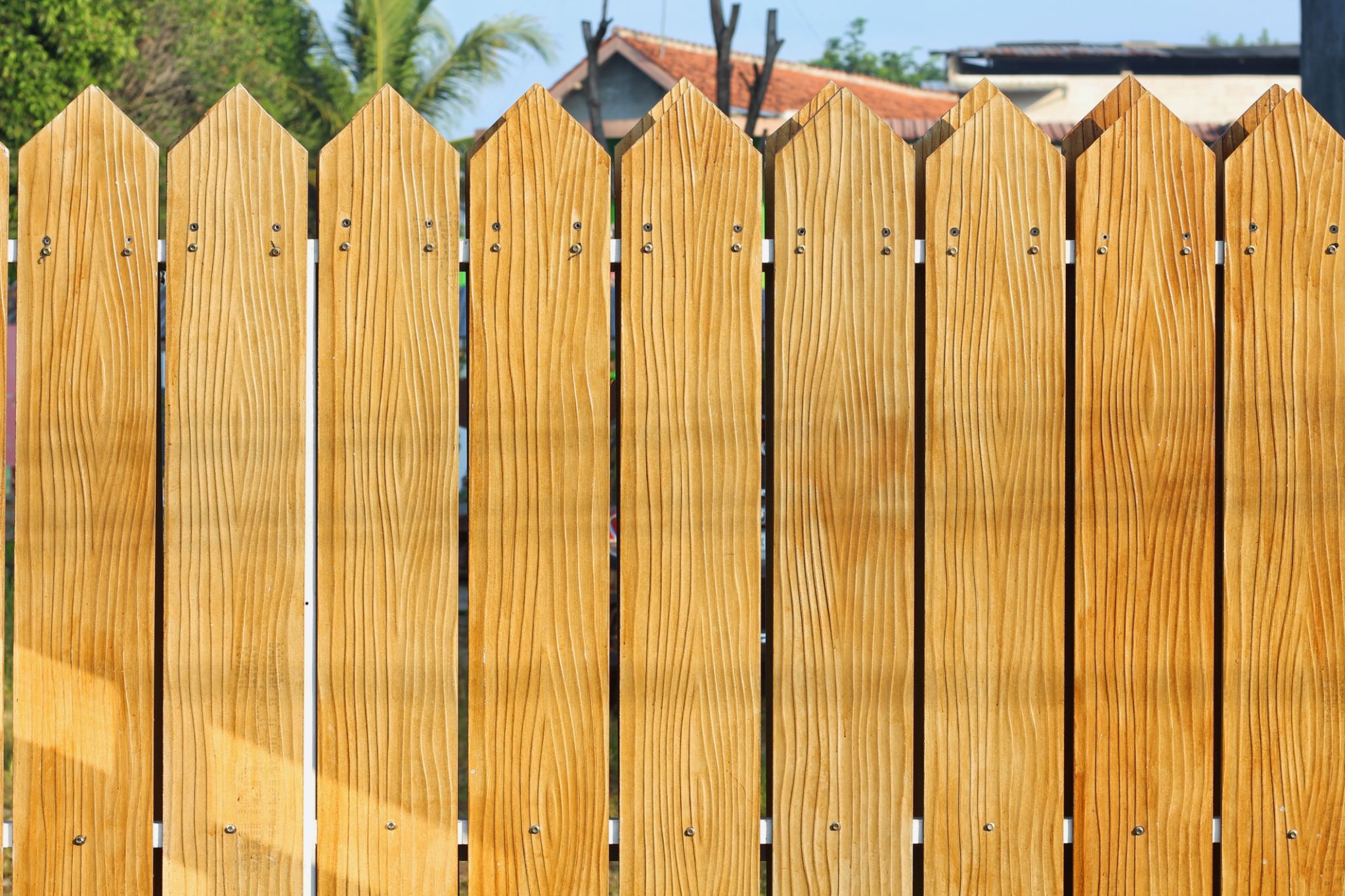Eco-Friendly Fencing Options: Sustainable Choices for Your Home
WC
Introduction to Eco-Friendly Fencing
As homeowners become more environmentally conscious, the demand for sustainable home solutions has grown significantly. One area where you can make an eco-friendly choice is in your fencing. Traditional fencing materials often contribute to environmental degradation. However, there are several sustainable options that not only look great but also minimize your carbon footprint.

Sustainable Materials for Fencing
Bamboo Fencing
Bamboo is a popular choice for eco-friendly fencing. Known for its rapid growth rate, bamboo can regenerate quickly after harvesting, making it a renewable resource. It's lightweight yet durable and provides a natural, rustic look to your property. Additionally, bamboo is biodegradable, ensuring that it won’t harm the environment when it's time for replacement.
Recycled Composite Fencing
Recycled composite fencing is an innovative solution that combines recycled plastic and wood fibers. This option is not only durable and low-maintenance but also diverts waste from landfills. Composite fencing mimics the appearance of wood without the need for regular staining or painting, offering both aesthetic appeal and environmental benefits.

Benefits of Eco-Friendly Fencing
Choosing sustainable fencing options comes with a variety of benefits beyond just environmental impact. Firstly, many eco-friendly materials require less maintenance, saving you time and money in the long run. Additionally, they often provide better resistance to pests and weather, enhancing their longevity.
- Cost-Effective: While initial costs might be higher, eco-friendly fences typically require less upkeep.
- Durability: Sustainable materials can withstand harsh conditions better than traditional options.
- Aesthetic Appeal: Many eco-friendly fences offer beautiful and unique designs.
Installation and Maintenance Tips
When installing eco-friendly fencing, it's important to follow best practices to maximize its lifespan and sustainability. Start by ensuring that the ground is level and using non-toxic sealants or finishes to protect the material. Regular cleaning with natural solutions will maintain the fence's appearance without harming the environment.

Community and Environmental Impact
Beyond personal benefits, opting for eco-friendly fencing can have positive effects on your community and the environment. By choosing sustainable materials, you contribute to reducing deforestation, lowering carbon emissions, and supporting industries focused on renewable resources. This collective effort helps promote a healthier planet for future generations.
Conclusion
Eco-friendly fencing options provide a perfect blend of sustainability, durability, and style. Whether you choose bamboo, recycled composite, or another green alternative, you can enhance your property's appearance while contributing to environmental conservation. As awareness grows about the importance of sustainability, making these mindful choices becomes an essential part of responsible homeownership.
